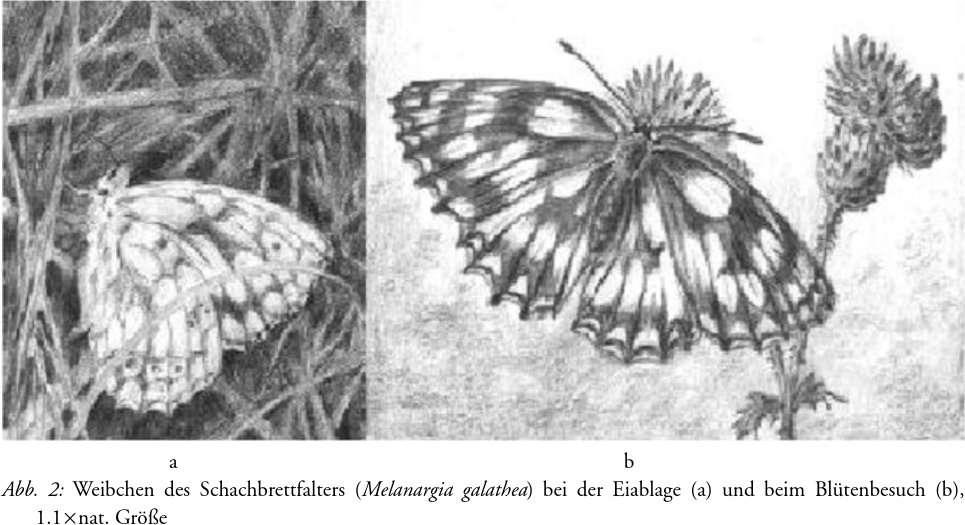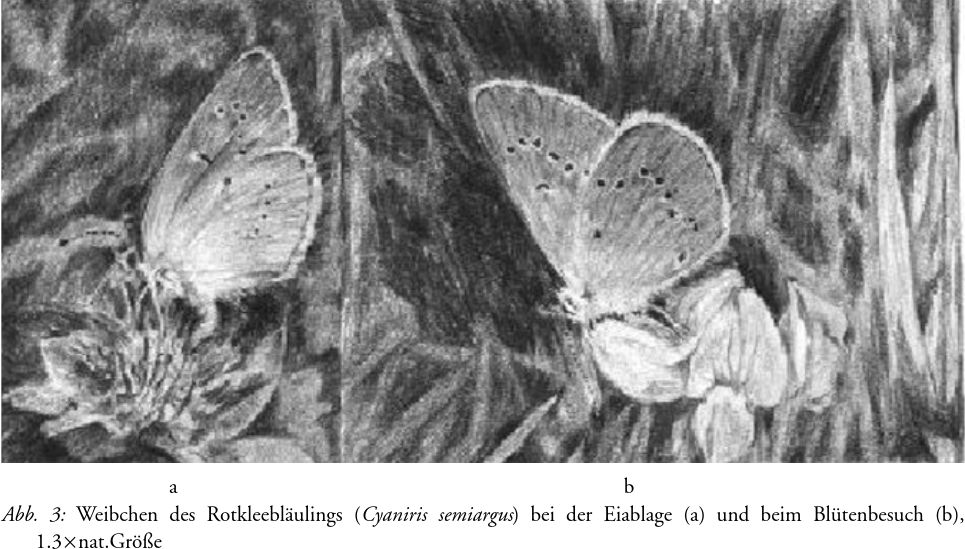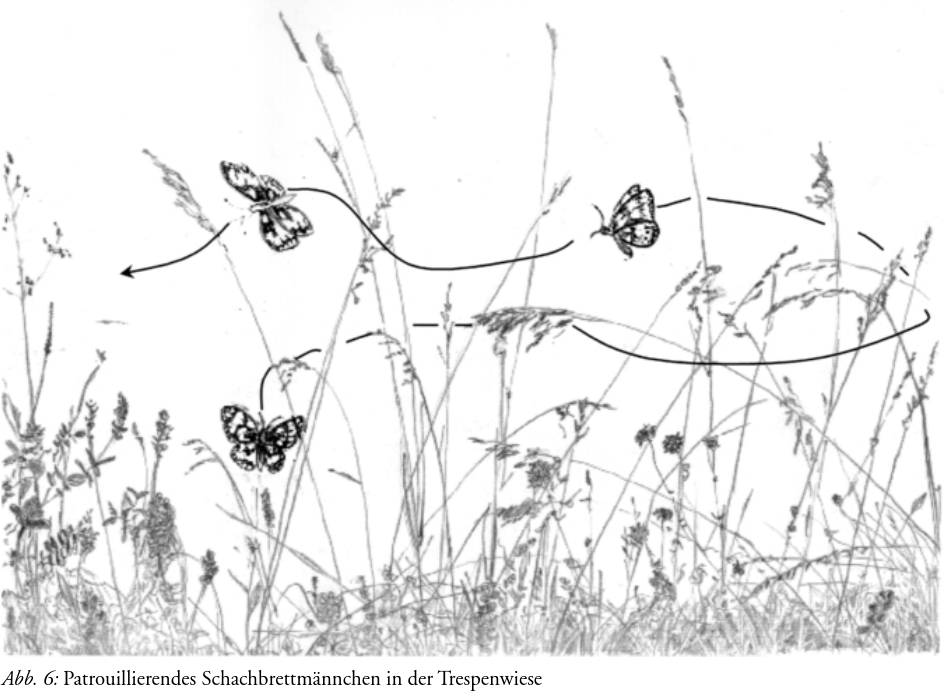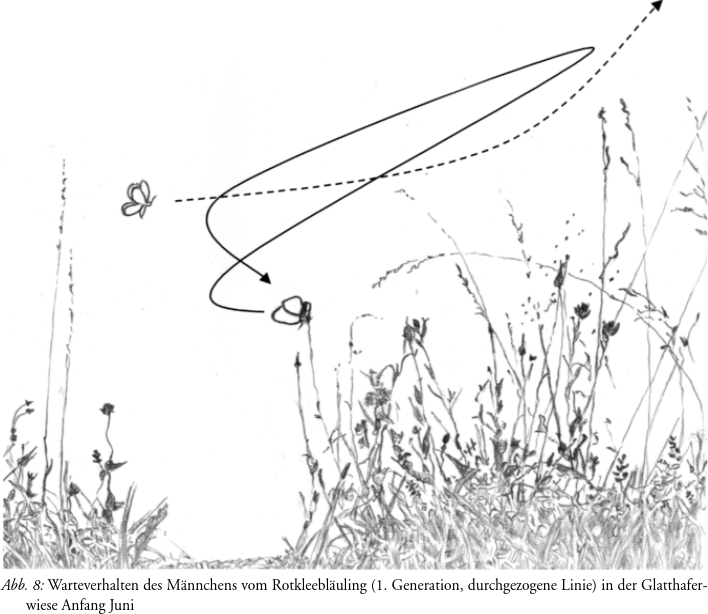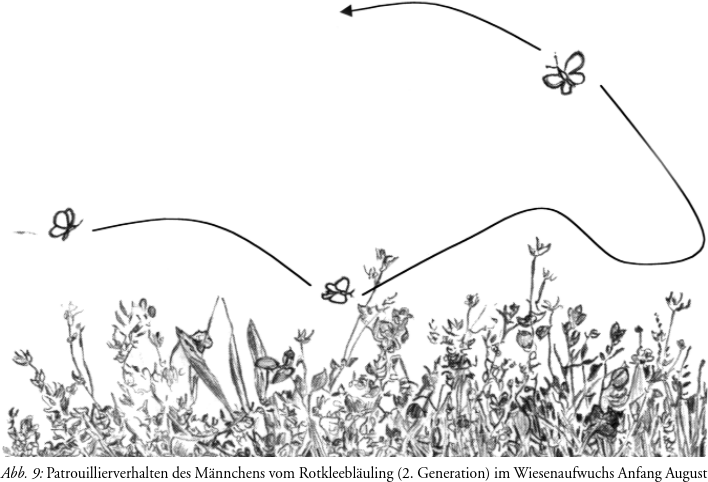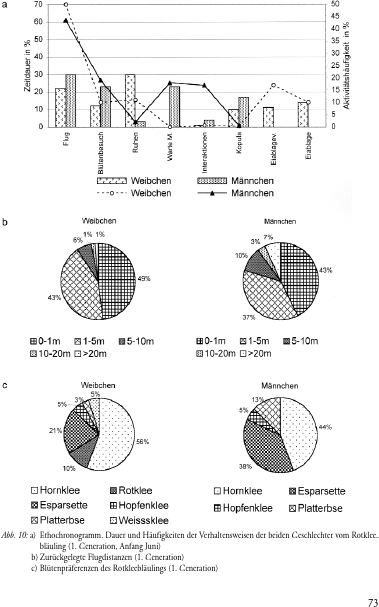Bewegte Bilder – Bedeutungswelt zweier Wiesenfalter
Export Article Citation as
- Plain text
- BibTeX
- RIS format
- Download price : € 6.00
Abstract:
Butterflies are fascinating creatures. Although most of us know little about their biological task in biotopes, they are greatly admired for their obvious contribution to the ensoulment of landscapes. What exactly does this concept mean? In the present study an attempt was made to approach these animals by a variety of methods. In particular, single animal observations of the activities from two species living in extensively used grasslands, the Mazarine Blue (C. semiargus) and the Marbled White (M. galathea), were converted into ethochronograms, which allow for a clear distinction between frequent versus rare behaviours and reveal patterns of sequential activities that are species specific, as well as in unison with the particular environments. The results presented provide first steps towards the elucidation of the concept of ensoulment. It will be shown that the elaboration of spaces of soul activity (Seelentätigkeitsräume) by single species reveal their organ-like character and that their subsequent integration contributes to the whole atmosphere of grasslands in a way similar to the way instruments do in an orchestra, each contributing to the whole experience (Gesamterlebnis) of a symphony.

